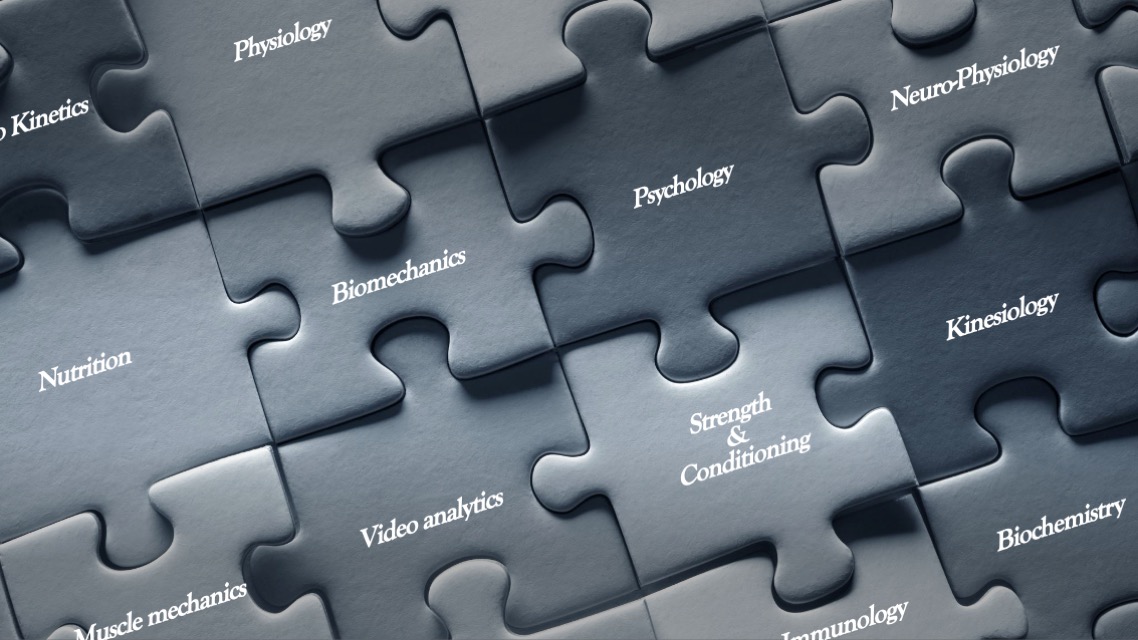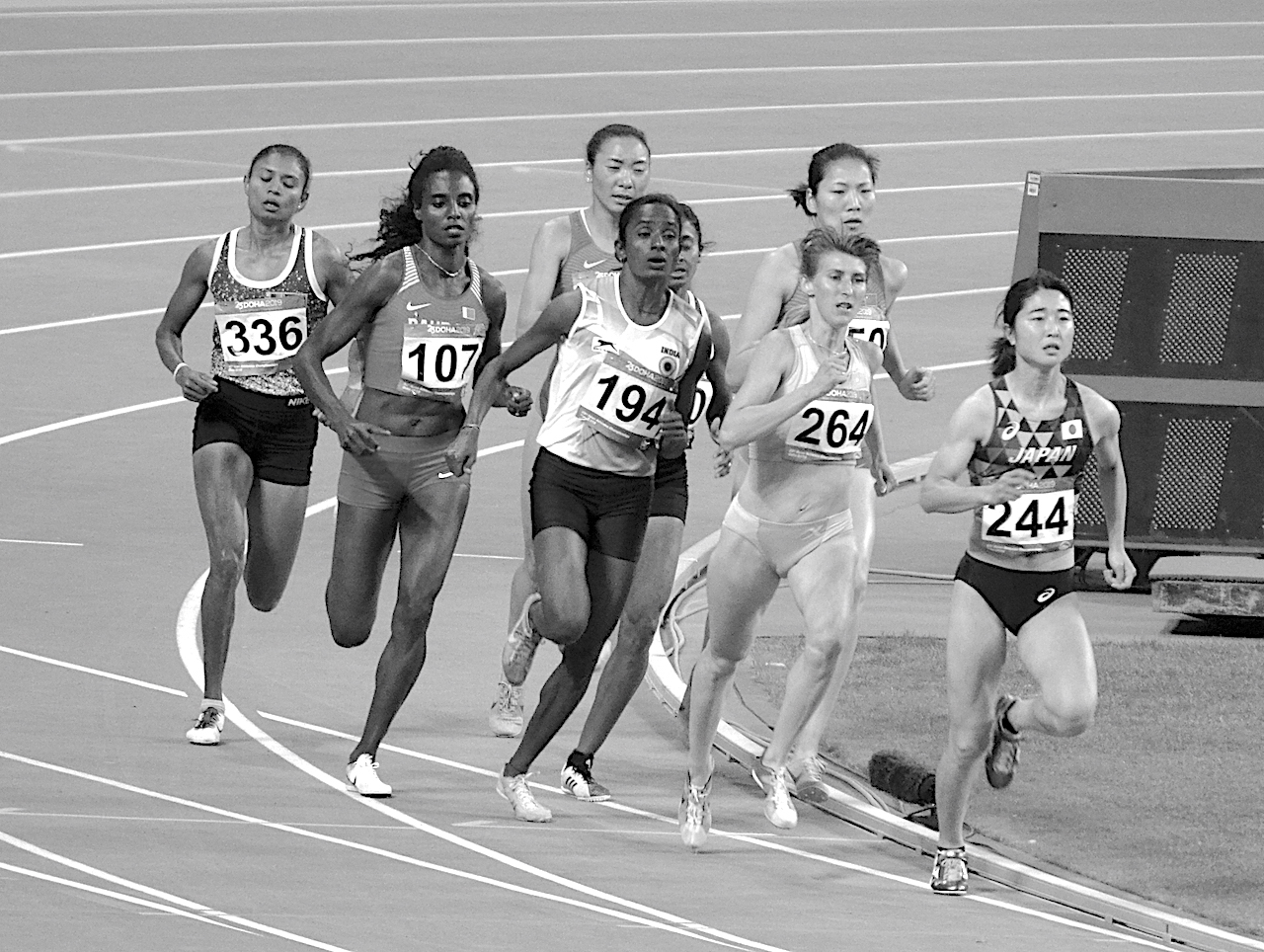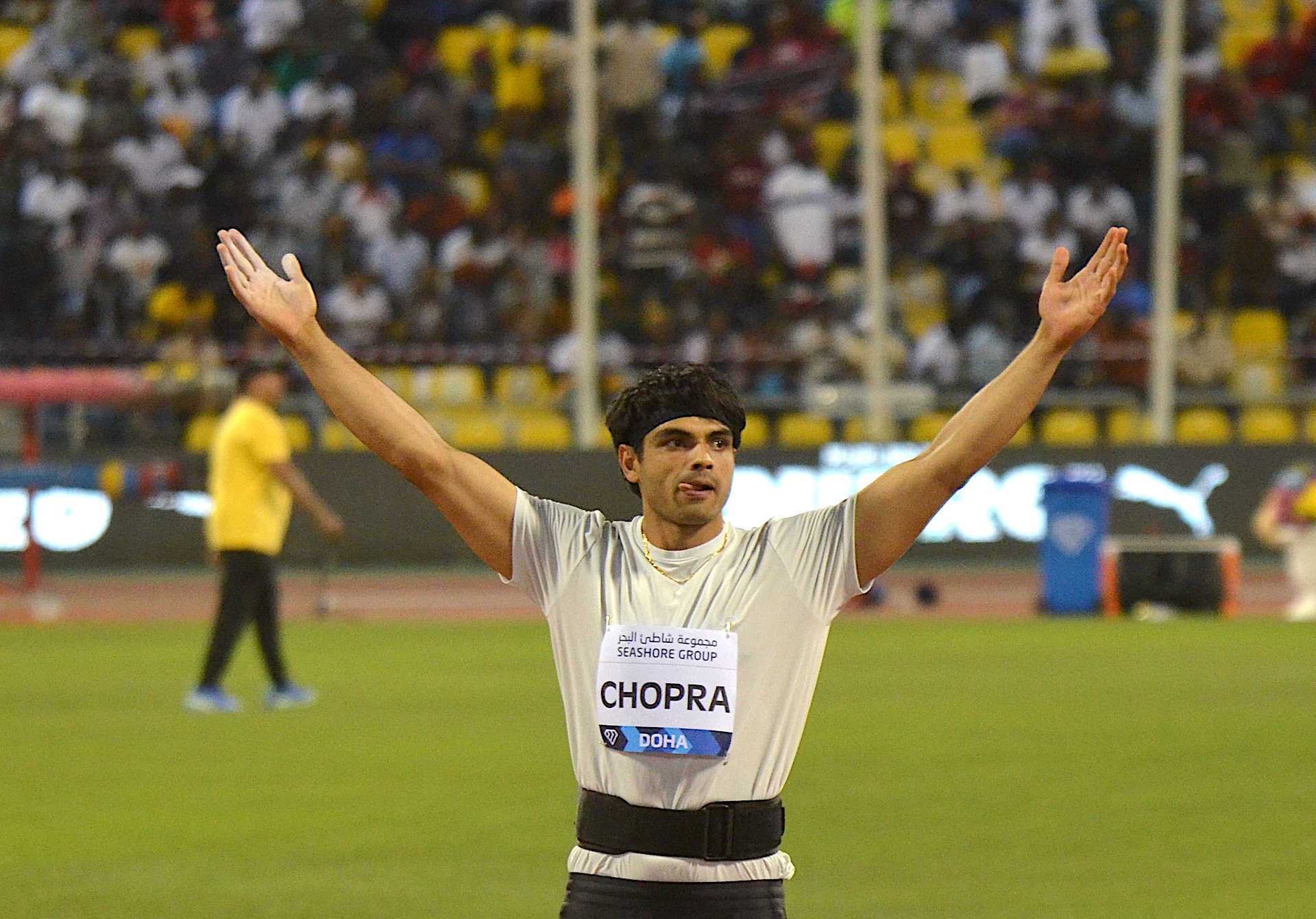For some months now, we have been constantly told – and lest we forget, reminded at every opportunity – that Indian sport is gearing itself up to catapult itself from the ranks of the also-rans in the Olympic Games to the top-10 in Los Angeles in 2028. And, for good measure, we are told that India will usher in a sports culture.
It sounds good to the unsuspecting ears and the romantic heart. But the mind, conditioned to focus on ground reality, asks questions and begins to look for evidence to support the ushering in of the sports culture that can actually lead to progress in the top-10 dream that India has been encouraged to nurse in the past few months.
Do we really believe that by identifying a couple of thousand youngsters for Khelo India scholarships and 250-odd youngsters as TOP Scheme (Development) athletes, we will have kickstarted the process of rising to the top? Do we really think that we have the coaches who can chisel the youngsters to reach the pinnacle in seven years?
And one of the biggest changes India will need to see as it walks in the direction of its stated dream of the top-10 in the Olympic Games is in its approach to the use of sports sciences to support the training of athletes. For now, India suffers a sports science infrastructure, hardware and software, deficit and a low-level of acceptance of available sports scientists by coaches.
The coach has to use the many different branches of sports sciences to the athlete’s advantage but there are a number of reasons this does not happen as well as it can, not the least being the limited availability of many sports science facilities and the small number of such specialists to enhance performance (no, we are not speaking of dope-enhanced performance).
One way of looking at it is to see the coach as the charioteer who controls different horses, each representing a branch of sports science, and gets them to work in unison so that the chariot with the athlete moves rather than have the horses pull in different directions and leave the athlete to stagnate. Truth to tell, the coach has to drive this.
For years, sports science support in India has meant physiotherapy (for rehabilitation from injury and recovery after training) and sports nutrition, specifically dietary supplements. While that has changed a bit in the past decade and a half, we still see athletes staying away from sport as their injuries have not been diagnosed well or their rehabilitation has not happened under careful eyes.
It becomes important for the coach to understand various aspects of sports science support that can be drawn to help a high performance athlete. Of course, the coach need not have an in-depth understanding of sports sciences but must be aware of which sports science specialist to fall back upon at which time.
Sports psychologist Sanjana Kiran agrees coaches can hesitate in summoning science support because of trust. “The athlete is very precious for them. They have groomed the athlete and they don’t want anything to spoil that. We need to figure out a way to tell them that sports science is only a supplement that can help their effort see the light of the day sooner,” she says.
“It is important that the coach is agreeable to the inputs from sports scientists. That has to be established first,” says Sanjana Kiran, who wears both the academic and practitioner hats with ease. Of course, it goes without saying that if a coach does not see value in inputs from all other support staff, sports science will take a back seat to traditional coaching methods.

Drawing from her vast experience, the psychologist says the first step would be to get coaches to buy in to the idea that sports science can supplement their work. “It is not to disregard or disrespect what the coach has already done for the athlete or take away what the athlete already has. Once that is got, we can look at advanced ways of doing what the coach is already doing,” she says.
Having worked with athletes and coaches from multiple nationalities to live her own Olympic Games dreams, Sanjana Kiran says the sports scientist must not be seen as making corrections to what the coach is doing. “That hurts them as no coach has the intention to spoil the athlete’s evolution or career,” she says. “After all, the athlete is the coach’s reflection.”
It is clear that sports scientists to must respect the fact that the coach is the most responsible for an athlete’s evolution. And the indisputable territory that goes with the coach’s position. Besides, the sports scientists must recognise the work done by their peers in areas of their own specialisation if precious assets are not to be lost to injury.
“I am not the happiest if an athlete were to say ‘if not for you, I would not have got the medal’ because that is not empowering and means the athlete does not credit himself. I can understand if the athlete says it was because of team-work,” Sanjana Kiran says, indicating the team culture that coaches and athletes must imbibe.
Then again, the success or failure of sports science in the evolution of an athlete will depend on how well the sports scientists can co-ordinate with one another. They will have to understand how their own work in one domain can have an impact on other areas – and, eventually, on the coach and the athlete as well.
[In a related-piece, Sanjana Kiran helps decode the coaches’ nature and how sports scientists can make themselves useful to each type of coach. That piece can be found here t.ly/xI8O]



